Texas experienced three significant earthquakes from Monday evening to Tuesday morning. The largest, a 4.9 magnitude quake, was felt up to 200 miles away.
It was the eighth strongest earthquake in Texas history. At least 1.6 million people across Texas, Oklahoma, and New Mexico felt the tremors.
Hermleigh Epicenter: Surprising Location for Major Seismic Activity
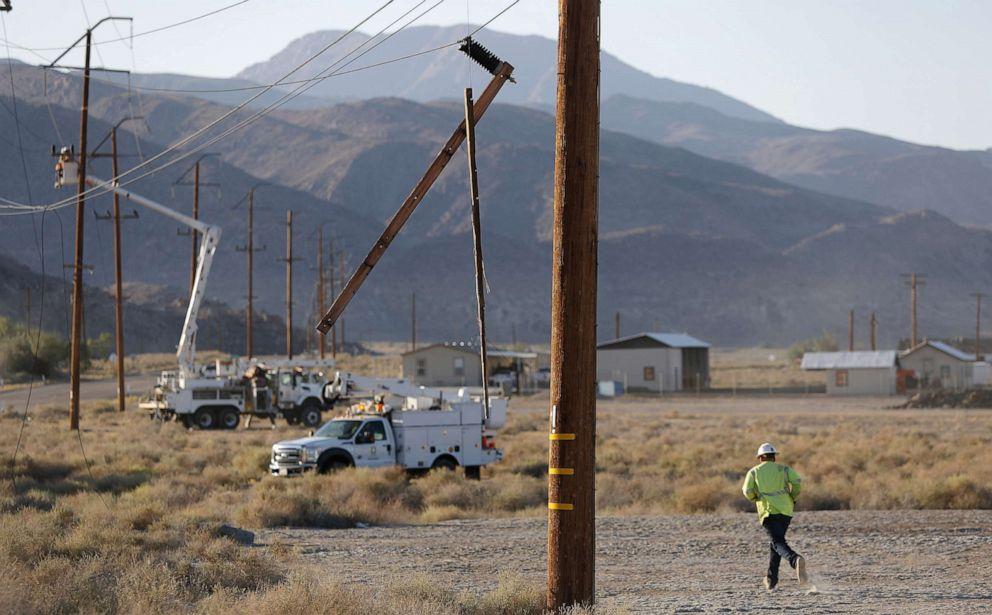
The earthquakes originated near Hermleigh, in northern Texas. This area doesn’t sit on any major fault lines. However, 250 minor fault lines extend from the Dallas-Fort Worth area.
These fault lines reach as far as 1,800 miles, encompassing the quake’s epicenter.
Fact: Hermleigh, with a population of about 345, is now unexpectedly in the spotlight of seismological research.
Shallow Quake: USGS Confirms Near-Surface Seismic Event
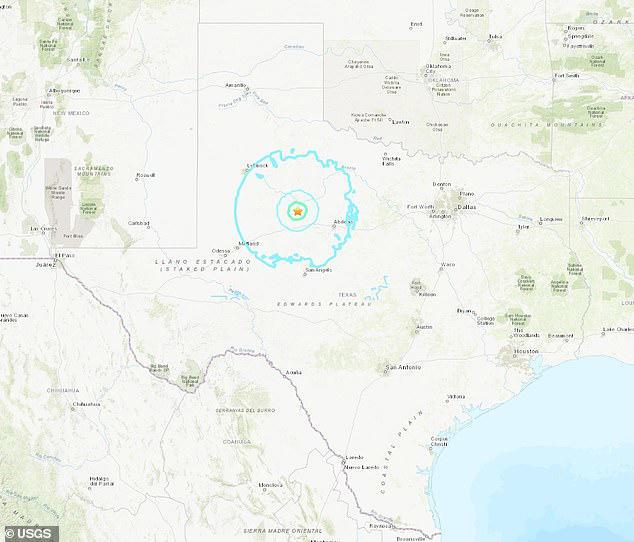
The USGS reported that the earthquake started just 4.8 miles beneath the earth’s surface. Earthquakes can begin as deep as 400 miles underground.
Shallow quakes, occurring at depths of 43 miles or less, typically cause mild to moderate damage. This shallow depth contributed to the widespread feeling of the quake. But what caused this unusual seismic activity in an area not known for earthquakes?
Residents Rattled: Social Media Erupts with Quake Reactions
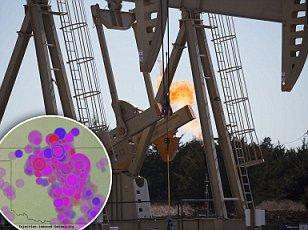
According to a quick social media analysis, mentions of “Texas earthquake” increased by 5000% in the 24 hours following the event. Locals expressed shock and disbelief on social media platforms. Many hadn’t experienced an earthquake before in Texas.
Some reported minor damage, including cracks in floors and ceilings. The unexpected nature of the event left many wondering if more quakes were to come.
Human-Induced Quakes: USGS Points to Possible Causes
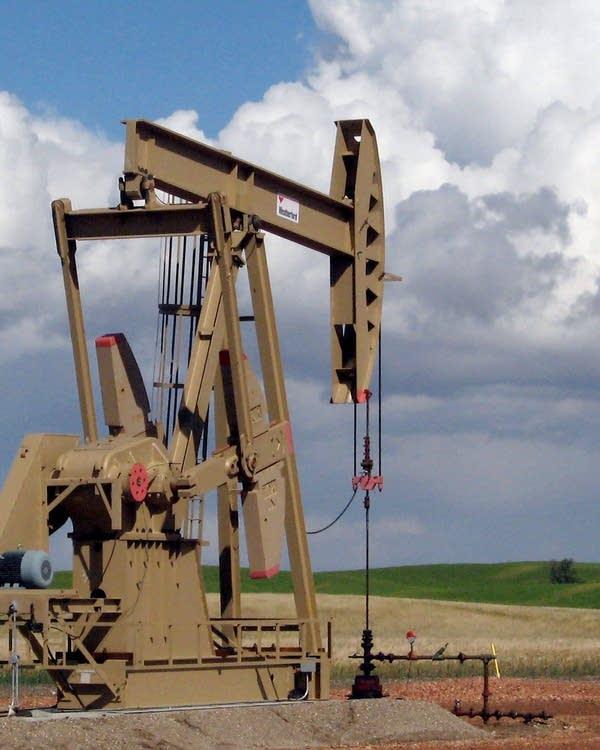
The USGS suggests that many recent earthquakes in south-central states may be human-induced. Activities like water impoundment, fluid injection, and resource extraction can trigger seismic events.
These activities can disturb the natural balance of pressures underground. As a result, areas not traditionally prone to earthquakes may experience increased seismic activity. Could a common energy extraction method be behind the rise in Texas quakes?
Fracking Debate: Texas’ Energy Industry Under Scrutiny

Texas leads the nation in fracking, with 373,133 active oil and gas wells as of 2023. Fracking involves drilling deep into the earth and using high-pressure water to release natural gas and oil.
This process can bring groundwater to the surface. When reinjected, this water may increase pressure on fault lines.
Did you know? Texas produced 43% of the nation’s crude oil in 2022.
Seismic Surge: Texas Earthquakes on the Rise

Researchers have noted a significant increase in seismic activity in Texas since 2018. In 2021, over 200 earthquakes with a magnitude of 3 or greater were recorded.
This number is more than double the count from the previous year. The trend has continued, raising concerns among residents and scientists alike. With earthquakes becoming more frequent, what does this mean for Texas’ future?
Local Concerns: Residents Voice Worries About Fracking

Some Texans have expressed growing concerns about the impact of fracking on their communities. Some residents have even considered moving to areas with less fracking activity.
The increase in earthquakes has led to debates about the long-term consequences of energy extraction methods.
Fact: A 2019 study found that 90% of earthquakes in Texas from 2014-2018 occurred in areas of oil and gas production.
Scientific Debate: Linking Fracking and Seismic Activity
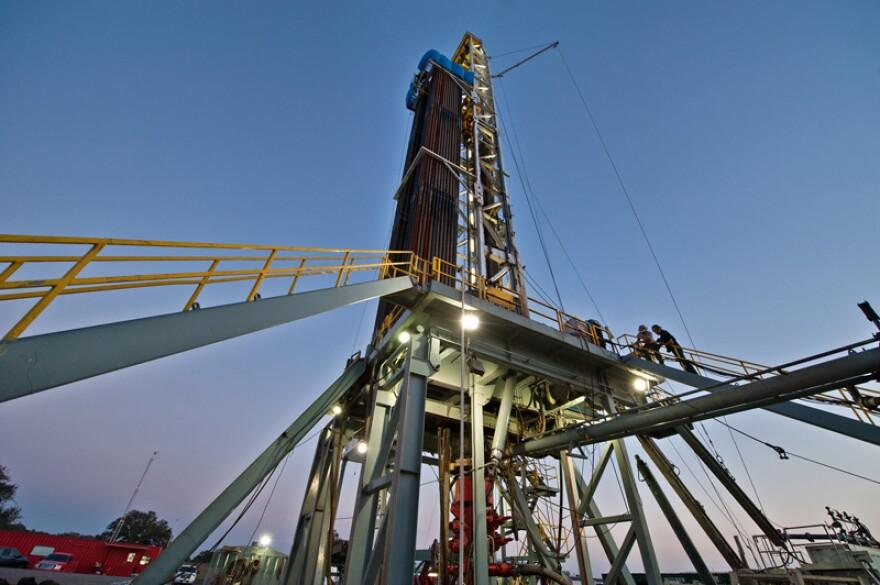
Scientists are studying the potential connection between fracking and increased seismic activity. While a direct causal relationship is complex to establish, many seismologists see a correlation
The injection of wastewater from fracking back into the ground is of particular interest. This practice may be lubricating existing faults, making them more likely to slip. As evidence mounts, will this lead to changes in energy policy?
Economic vs. Environmental Concerns: Texas at a Crossroads
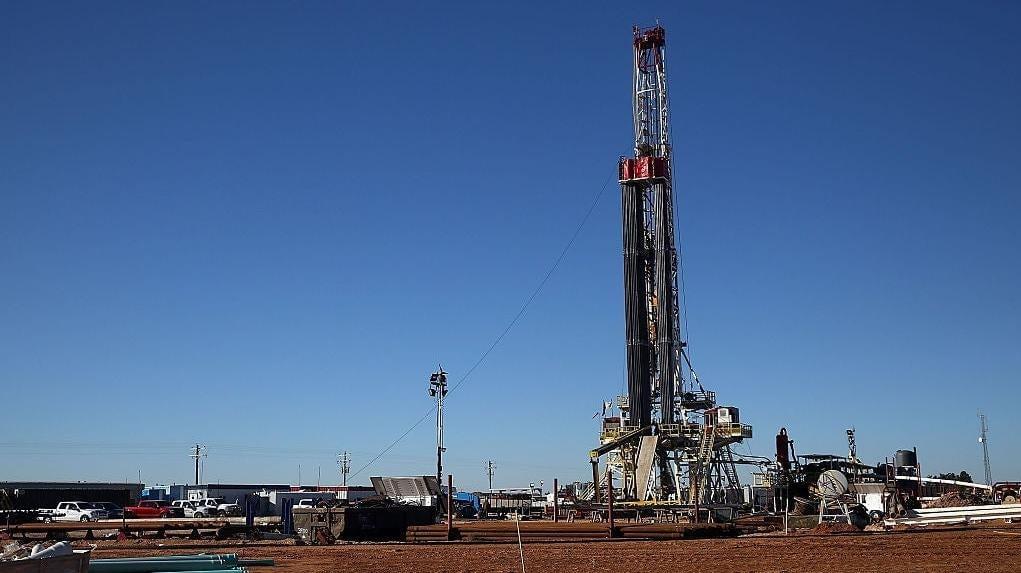
Texas faces a challenging balance between its robust energy industry and environmental concerns. The oil and gas sector contributes significantly to the state’s economy.
However, the potential environmental and safety risks are becoming more apparent. Policymakers are under pressure to address these competing interests.


